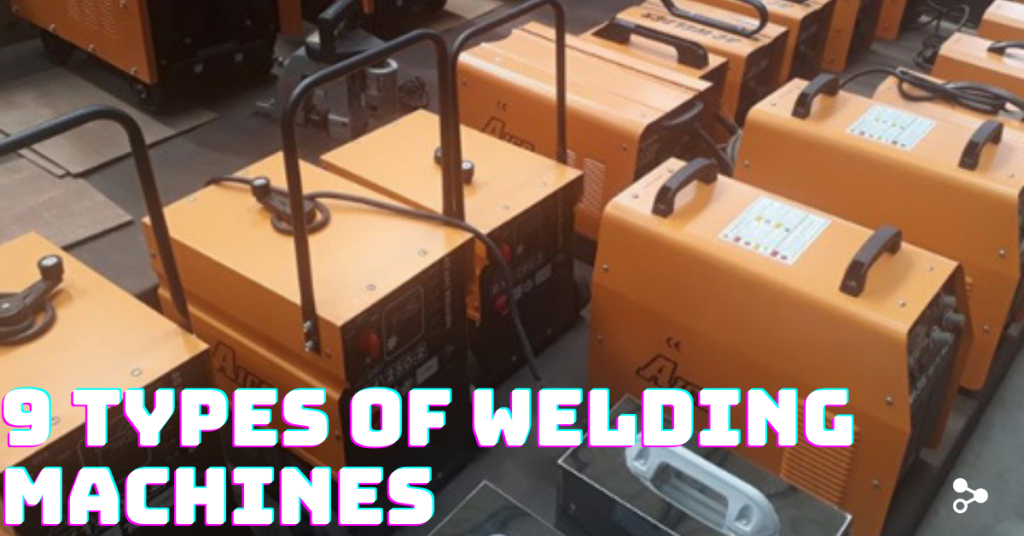9 Types of Welding Machines
Are you looking to open a new welding workshop or company, or browse options for that new machine you want to buy for your business or perhaps just looking for a garage-welding machine for your house repairs and DIY projects then you are in the right place. Different types of welding machines are used for […]

